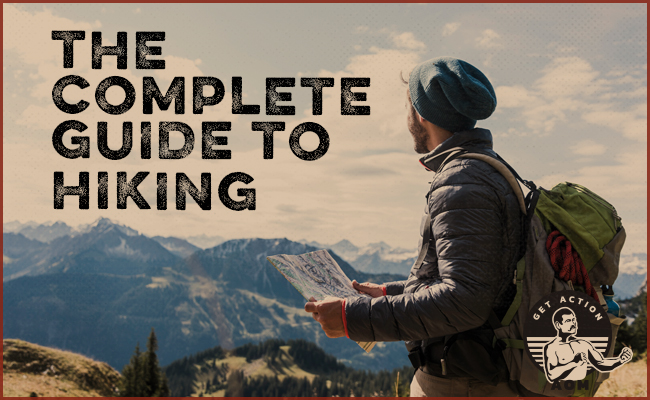
Hiking is undoubtedly one of the best recreational activities and hobbies around.
To begin with, it’s a great way to get physical exercise. The amount of effort you expend can be ramped up or down depending on the length of time you’re hiking and the trails you decide to tackle, and even when the level of exertion is high, it’s a challenge that feels deeply satisfying.
Further, compared to other hobbies (and other forms of exercise), hiking is cheap. The gear you absolutely need is minimal, and while the items you choose to wear/bring can get expensive, they don’t have to, and all the equipment tends to last a very long time. Beyond the gear, you’ll sometimes have to pay to use the trails at a park, but it’s never all that much, and annual passes that save a lot of money over the course of a year are almost always available.
The primary benefit of hiking, of course, is getting to experience the great outdoors and the natural beauty of our planet. Following a trail with your own two feet gets you to amazing destinations that aren’t available to the motorist or casual walker. In times of stress or uncertainty, the calming effect of nature works on all your senses and seems to cleanse the soul. A good hike is literally and metaphorically a breath of fresh air.
If you’ve wanted to take advantage of these benefits and try hiking, but haven’t yet taken the first steps towards this activity, below we’ve created a complete guide to getting started.
Now, you may be wondering, “Do I really need a guide to begin hiking? Don’t I just put on some boots, strap on a backpack, and get goin’?” For the most part, yes! But, being prepared and having some general knowledge of troubleshooting for emergencies can make a big difference not only in your enjoyment of a particular hike, but in your very survival should you encounter the worst case scenario.
The vast majority of the info in this guide regards preparation — gear/clothes, safety tools, planning your hike, etc. After offering this thorough primer on prep, I’ll share a few tips for getting the most out of the hike itself, as well as some emergency basics if something goes wrong.


